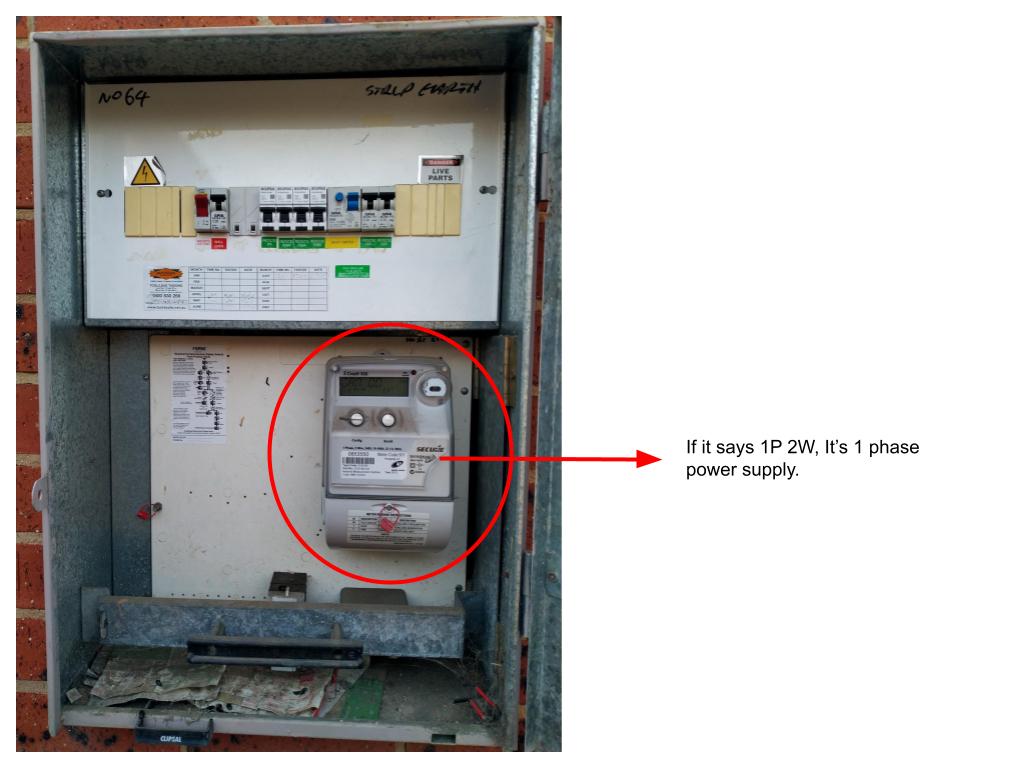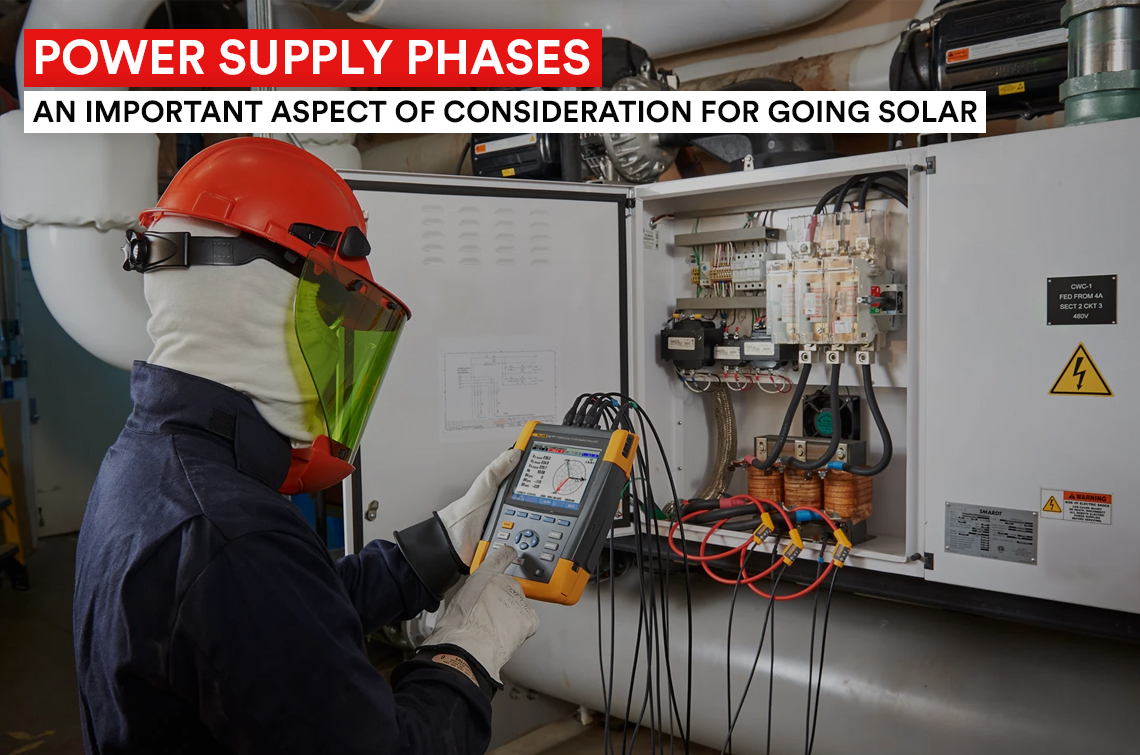If you have ever looked up solar, This is the common question you might have come across – What phase is your property? Now, most Australians often get confused with this question. They do not know how to answer this question.
It is necessary to understand basic specifications of your property that can cause variations in solar investment before going out there looking for solar. Share the images of your meter box with our experts and get complete guidance on the solar system.
The two most common types of property phases are single phase and 3 phase. 2 phases are rare. So let us understand one phase and 3 phases together and 2 phase differently. Usually the number of phases your property is connected to, depends upon your power consumption. Higher the usage, more are the chances and need for additional phases.
Single-phase connection has three wires located within the insulation. Two hot wires and one neutral wire provide the power. 3-phase power is supplied by four wires. Three hot wires carrying 120 volts of electricity and one neutral.
Power Supply Phase’s Important Aspect of Consideration for Going Solar
One other important difference between 3-phase powers vs. one phase power is the consistency of the delivery of power. Because of the peaks and dips in voltage, a single-phase power supply simply does not offer the same consistency as a three-phase power supply. A 3-phase power supply delivers power at a steady, constant rate.
Comparing single-phase vs. 3-phase power, 3-phase power supplies are more efficient. A 3-phase power supply can transmit three times as much power as a single-phase power supply, while only needing one additional wire (that is, three wires instead of two).
Thus, 3-phase power supplies, whether they have three wires or four, use less conductor material to transmit a set amount of electrical power than do single-phase power supplies.
Let’s see how to identify what phase it is for you?



2 phase electrical wiring is where you have 2 wires each providing the same voltage AC but out of phase with each other. There are two variants of 2 phase with different “phase angles”, Therefore, the amount that the phases are out of step with each other.
In most states, if your property is single phase, you can install an inverter up to 5kW in size.
Any larger and you may not be able to receive a feed-in tariff for any electricity your solar PV generates and is exported to the grid.
While it’s technically possible to install a larger sized inverter, stricter size constraints are often placed on properties with single phase connections than those with three phase connections.
If you own a three phase property, you’re technically able to install both single and three phase inverters. However, because network operators will not allow an imbalance across the phases, you’ll either have to install three single phase inverters for each phase, or one three phase inverter that will work across all three phases.
The same goes for 2 phases. You can get two single phase inverters or one one phase inverter to connect to 1 meter. This usually is ideal when your major appliances are connected to either of your phases. That particular phase can be connected to your solar system to optimize the benefits.
Power Supply Phases to Think About When Going Solar
So, you’re thinking about going solar, awesome! To make sure your system works seamlessly, it’s good to understand the different phases of how energy flows. Here’s a simple breakdown of what to expect:
1. Energy Generation (Daytime)
This is when your solar panels are soaking up the sun and turning it into usable electricity. During the day, you’ll generate power that can either be used straight away, stored in a battery, or sent back to the grid. The more sun your panels catch, the more energy you get to use!
2. Energy Storage (Optional, but Handy)
If you’ve got a battery storage system, any extra energy you generate during the day gets saved up for later. This is super handy for night-time or cloudy days when the panels aren’t producing much. Plus, it’s great for those power outages when you don’t want to rely on the grid.
3. Energy Consumption
Now, this is the phase when your home or business is actually using the energy you’ve generated. Whether it’s powering lights, appliances, or your phone charger, your solar system automatically supplies power when it’s available. If your solar system isn’t producing enough (like in the evening), you’ll just pull power from the grid.
4. Exporting and Importing Energy
If you’ve got a grid-connected system, any extra energy your solar panels generate that you don’t use gets sent back to the grid. This can earn you credits or payments, depending on your energy provider. But at night, when your panels aren’t generating power, you’ll import energy from the grid to keep things running smoothly.
5. Power Management and Regulation
Most modern solar setups come with smart energy management systems that monitor everything — from how much energy you’re using, generating, and storing. These residential solar systems help make sure everything’s running at its best, and they’ll keep you from overloading the system or wasting energy.
In Conclusion:
Understanding these phases is key to getting the most out of your solar system. With the right setup, you’ll use less grid power, save money, and make sure you’re ready for whatever the day (or night) throws at you.
Ready to dive into solar? Let’s make sure your energy works for you! You can let the solar expert decide best for you after you give them the details in this case. These things are technical and they are best handled by the experts of the industry.




